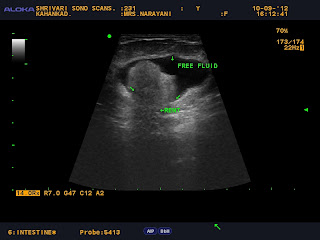It is the unique
physical features of tCAN syndrome that
distinguishes it from birth asphyxia
even though there are many
similarities between these two conditions.
Umbilical
cord abnormalities are considered as one of the
causative factor for birth
asphyxia.
The manifestation of tCAN symptomatology seems to happen both
in the
presence of normal and depressed AGPAR scores.
Umbilical cord
compression due to tCAN may cause
obstruction of blood flow first in thin
walled umbilical vein, while
infant’s blood continues to be pumped out of baby
through the
thicker walled umbilical arteries thus causing hypovolemia and
hypotension resulting in acidosis . Anemia and mild
respiratory distress may occur. Some of these infants may also
have facial and
conjuctival petechiae and rarely
petechiae of
the neck and upper part of the chest and skin abrasion of neck
where the cord
was tightly wrapped and facial suffusion
all of which
can also be seen in some postmortem findings of
stillbirth infants who had tCAN.
If born alive, some of these infants
may also be
somewhat obtunded with a low tone and have transient feeding
difficulties. These findings raise the possibility of transient
encephalopathy,
which may lead to long-term complications.
| 






















































